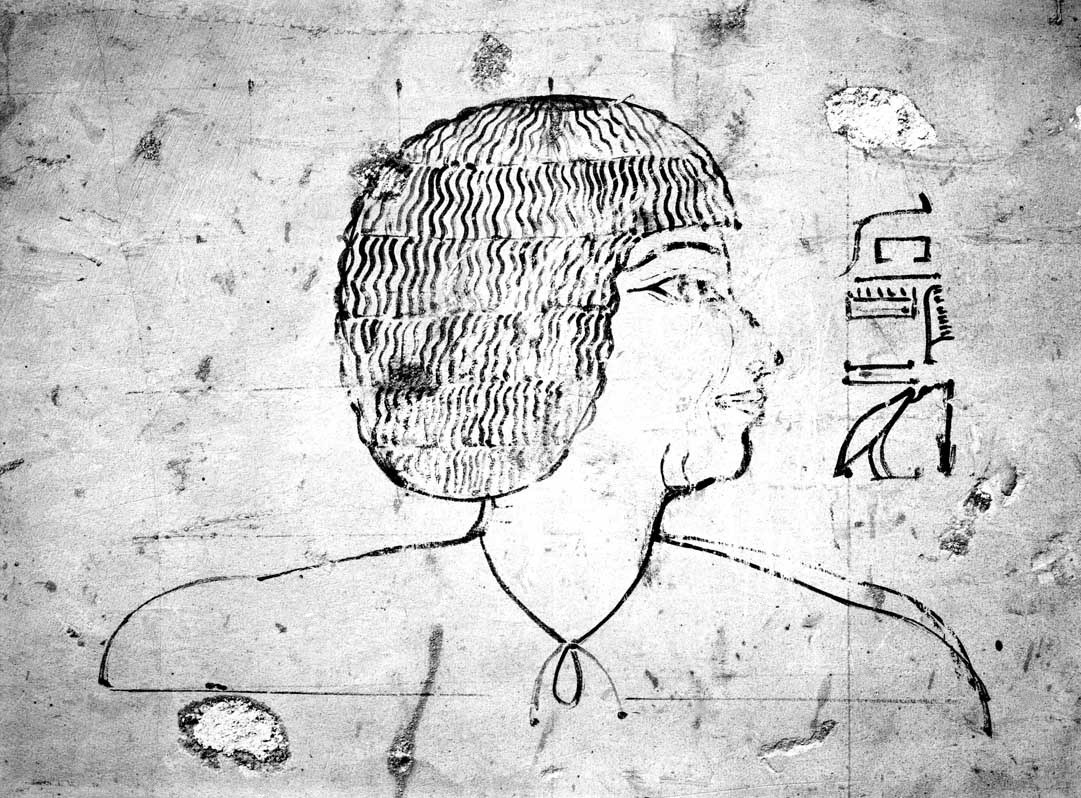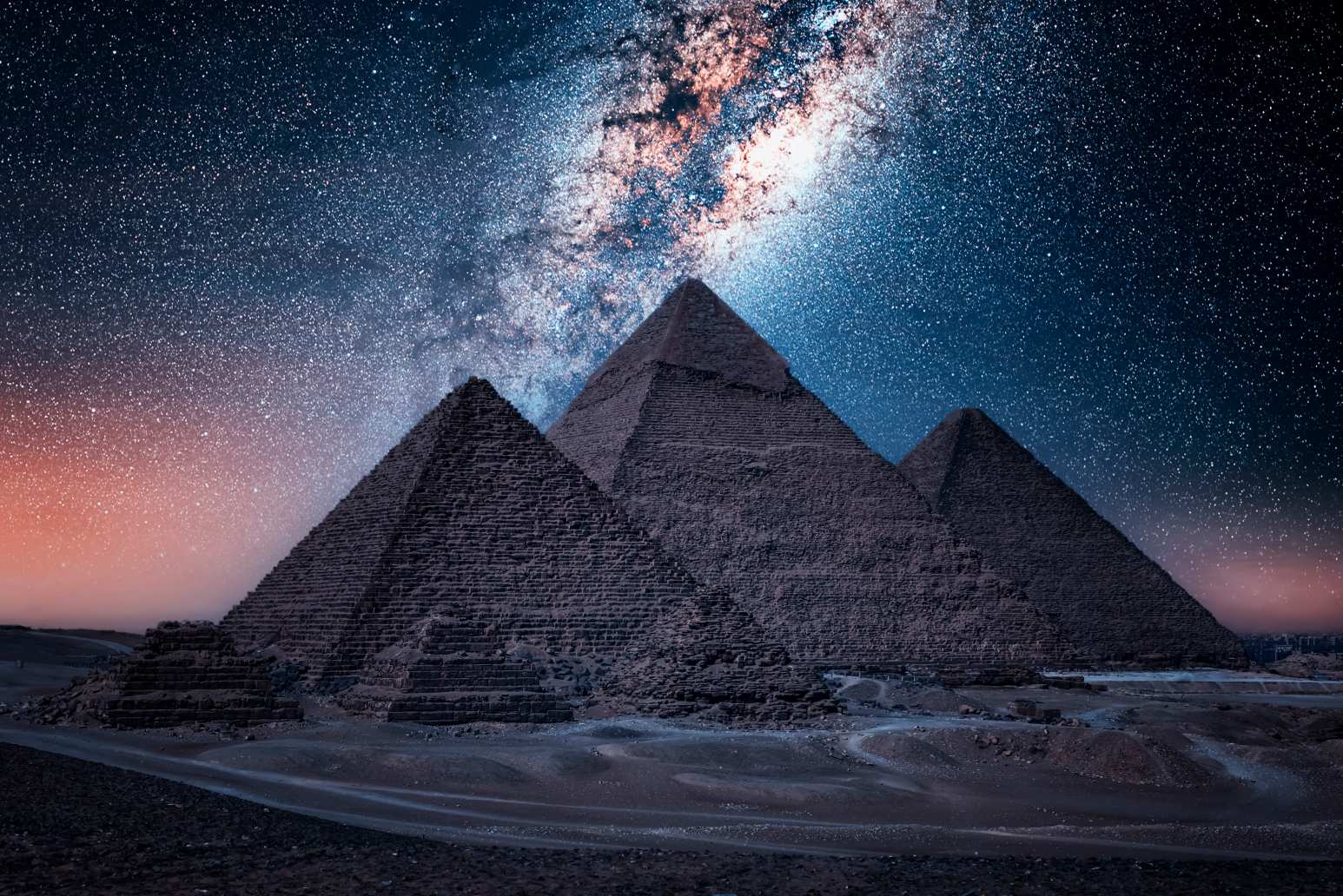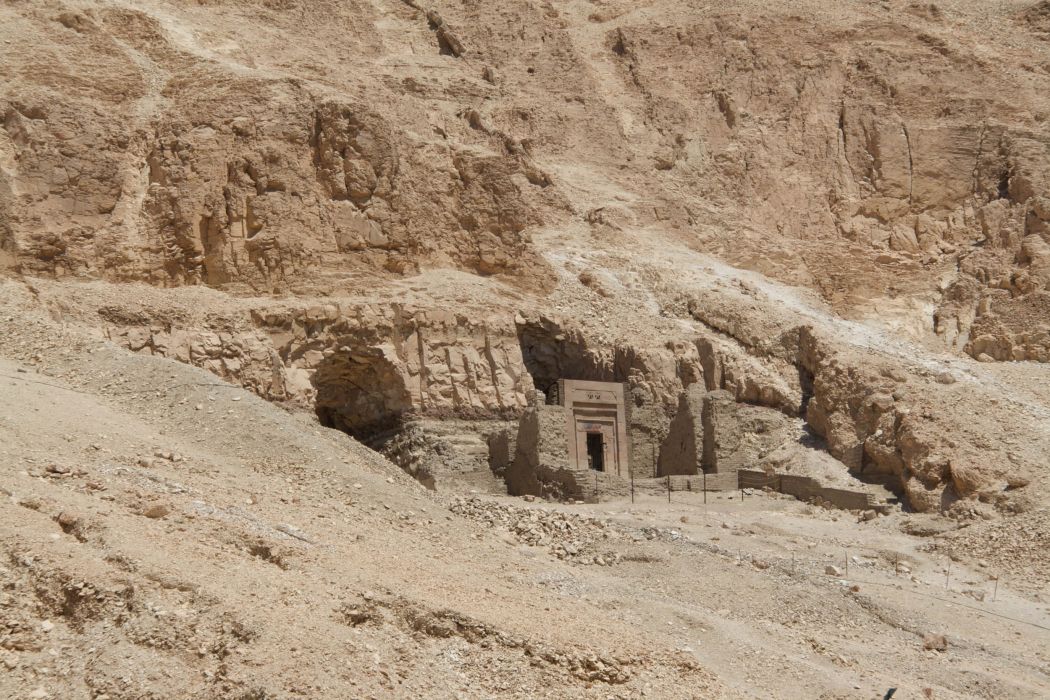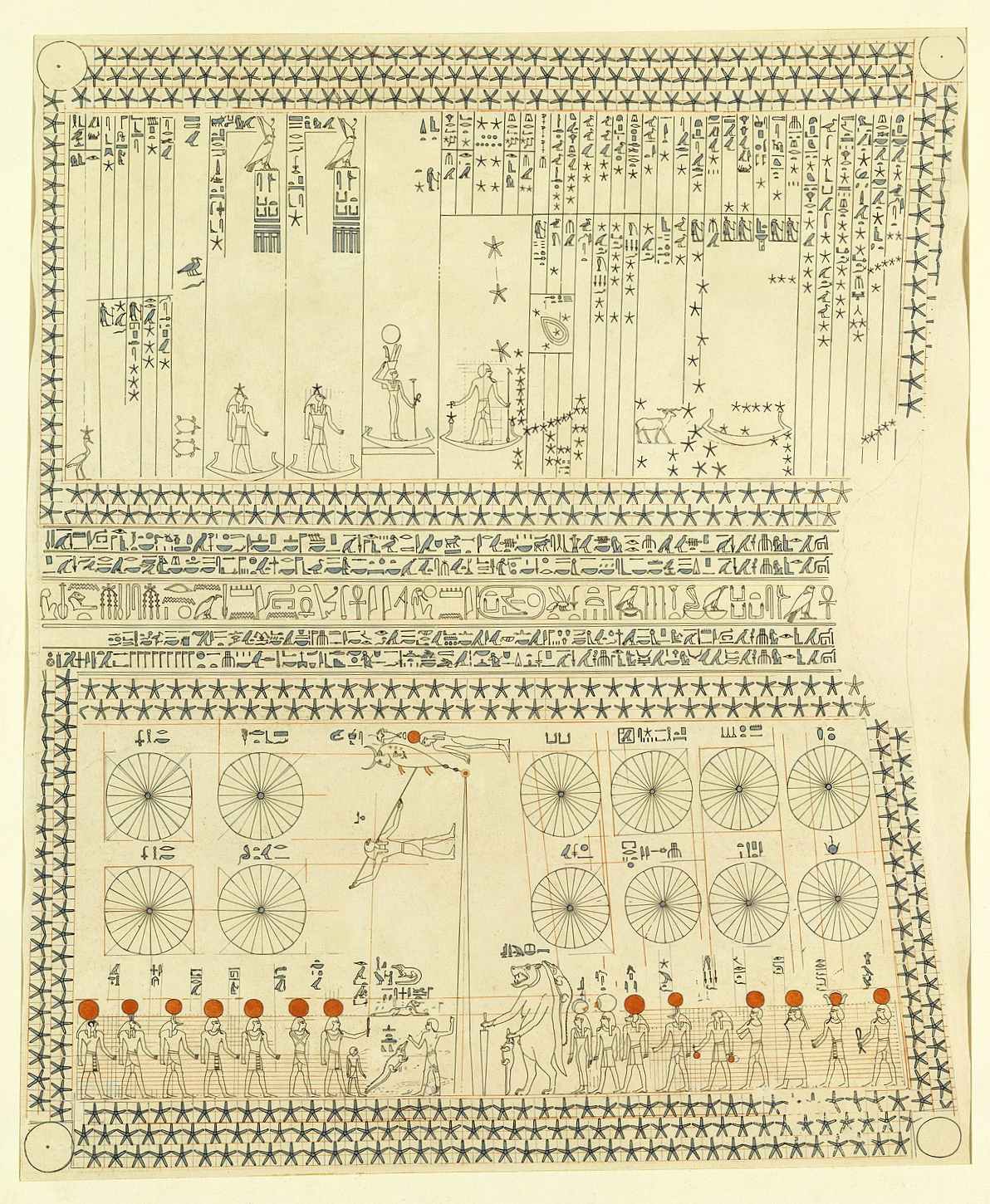Senenmut’s tomb is a fascinating historical site in Ancient Egypt that has captured the attention of archaeologists and astronomers alike. The tomb (Theban tomb no. 353) is located north of the causeway leading to Hatshepsut’s temple at Deir el-Bahri in Thebes, and it was constructed during the reign of Queen Hatshepsut, who ruled Egypt from 1478 to 1458 BC. Senenmut was a high-ranking official during Hatshepsut’s reign, and he was also said to be an astronomer. The tomb is known for its beautifully decorated ceilings and walls, which depict various scenes from Senenmut’s life and achievements, including one of the earliest known star maps.

The star map is a unique feature of Senenmut’s tomb, and it has been the subject of much debate and interpretation. The map is believed to be the oldest surviving depiction of the Egyptian night sky, and it provides valuable insights into the astronomy and cosmology of ancient Egypt. In this article, we will explore the historical context of astronomy in ancient Egypt, the significance of Senenmut’s star map, and the legacy of ancient Egyptian astronomy.
Historical context of astronomy in Ancient Egypt

Astronomy played a significant role in ancient Egyptian society, and it was closely tied to religion and mythology. The Egyptians believed that the gods controlled the movements of the stars and planets, and they used astronomical observations to determine the best times for planting and harvesting crops, as well as for conducting religious ceremonies. The Egyptians were also skilled at developing calendars, which were based on astronomical observations.
The earliest known astronomical records in Egypt date back to the Old Kingdom period, around 2500 BC. The Egyptians used simple instruments, such as the gnomon and the merkhet, to make observations of the sun and stars. They also developed a system of hieroglyphs to represent the stars and constellations, which were arranged into groups based on their positions in the sky.
The significance of Senenmut’s star map

Senenmut’s star map is a unique and valuable artifact that provides insights into the astronomy and cosmology of ancient Egypt. The map depicts the night sky as seen from Thebes, and it shows 36 decans, which are groups of stars that rise and set with the sun over a period of 10 days. The decans were used by the Egyptians to mark the passage of time, and they were also associated with various gods and mythological figures.
The star map is painted on the ceiling of one of the chambers in Senenmut’s tomb, and it is the oldest known depiction of the night sky. The map is divided into two sections, with the northern sky on one side and the southern sky on the other. The stars are represented by small dots, and the constellations are depicted as animals and mythical creatures.

The southern part of the ceiling depicts decanal stars (small constellations). There are also constellations such as Orion and Canis Major. Over the sky, planets Jupiter, Saturn, Mercury, and Venus are all related to them, sailing in small boats across the sky. The southern part means the hours of the night.
The northern part (lower part) shows Ursa Major’s constellation; the other constellations remain unidentified. On the right and left of it, there are 8 or 4 circles, and below them are several deities, each carrying a sun disk towards the center of the picture.
The inscriptions associated with the circles mark the original monthly celebrations in the lunar calendar, whereas the deities mark the initial days of the lunar month. Besides the astronomical ceiling in his tomb at Qurna, excavations also revealed 150 ostraca, including drawings, various lists, reports, and calculations.
Association of Egyptian constellations
The Egyptians had their own system of constellations, which were based on the positions of the stars in the sky. The constellations were arranged into groups, which were associated with various gods and mythological figures as previously said. Some of the most famous Egyptian constellations include Orion, which was associated with the god Osiris, and the Big Dipper, which was known as the “plough” and was associated with the harvest season.
The Egyptians also had their own zodiac, which was based on the positions of the stars at the time of the year when the Nile River flooded. The zodiac consisted of 12 signs, each of which was associated with a different animal, such as the lion, the scorpion, and the hippopotamus.
The role of astronomy in Ancient Egyptian society
Astronomy played a crucial role in ancient Egyptian society, and it was closely tied to religion, mythology, and agriculture. The Egyptians used astronomical observations to develop calendars, which were used to determine the best times for planting and harvesting crops. They also used astronomy to mark the passage of time and to conduct religious ceremonies.
Astronomy was also an important aspect of Egyptian culture and art. The Egyptians depicted the stars and constellations in their artwork, and they used astronomical motifs in their architecture and design. Astronomy was also the subject of many myths and legends, which were passed down from generation to generation.
Comparison with other ancient star maps
Senenmut’s star map is not the only surviving example of an ancient star map. Other examples include the Babylonian star maps, which date back to the second millennium BC, the Greek star maps, which date back to the fifth century BC, the Sumerian star map, which dates back to the fifth millennium BC, and the palaeolithic star maps, which were as old as 40,000 years. However, Senenmut’s star map is unique in its depiction of the Egyptian constellations and its connection to Egyptian mythology.
Interpretations and debates surrounding Senenmut’s star map
The interpretation of Senenmut’s star map has been the subject of much debate among scholars. Some argue that the map was used as a practical tool for astronomical observations, while others believe that it was primarily a symbolic representation of the cosmos. Some scholars have also suggested that the map was used for astrological purposes, as the Egyptians believed that the stars had a powerful influence on human affairs.
Another area of debate is the significance of the decans depicted on the map. Some scholars believe that the decans were used as a practical tool for timekeeping, while others argue that the decans had a deeper symbolic meaning and were associated with various gods and mythological figures.
Who was Senenmut?
Senenmut was a commoner who had a close relationship with the Egyptian royal family. The fascinating ceiling decoration of the tomb (TT 353) makes us wonder what kind of person Senenmut was. In addition to being a royal advisor, most historians believe Senenmut was also an astronomer. But what kind of relationship did he have with Queen Hatshepsut?
Senenmut was born to literate, provincial-class parents, Ramose and Hatnofer. Amazingly, he earned almost one hundred titles, including the “Steward of the God’s Wife”, “Great Treasurer of the Queen” and “Chief Steward of the King’s daughter.” Senenmut was a close advisor and loyal companion to Queen Hatshepsut. He was also the tutor to Hatshepsut and Thutmosis II’s only child, a daughter, Neferu-Re. In more than 20 statues, he is shown hugging Neferu-Re as a young child.
Many early Egyptologists concluded that Hatshepsut’s highest public official, confidant, Senenmut, must have been her lover as well. Some historians also suggest that he may have been the father of Neferu-Re. However there is no firm evidence that the relationship between Hatshepsut and Senenmut was sexual, which leads other historians to propose that Senenmut acquired such power and influence because he was the elder statesman of Hatshepsut’s court.
The history of Senenmut’s tomb is relatively obscure. Until the 16th year of Hatshepsut or Thutmosis III’s reign, Senenmut still held his offices; then, something happened. His tracks were lost, and his unfinished tomb (TT 353) was closed and partially destroyed. His real burial place is unknown.
The legacy of Ancient Egyptian astronomy
The legacy of ancient Egyptian astronomy can still be seen today in our modern understanding of the cosmos. The Egyptians were skilled observers of the night sky, and they made important contributions to our understanding of the motions of the stars and planets. They also developed sophisticated calendars and used astronomical observations to mark the passage of time.
The Egyptians were also pioneers in the development of mathematics and geometry, which were essential for their astronomical observations. They used their knowledge of mathematics and geometry to develop sophisticated instruments for measuring angles and distances, which were used for astronomical observations.
Modern applications of Ancient Egyptian astronomy
The study of ancient Egyptian astronomy has important applications in modern astronomy and cosmology. The Egyptians’ skilled observations of the night sky provide valuable insights into the motions of the stars and planets. Their calendars and timekeeping methods have also been used as a basis for modern calendars.
The study of ancient Egyptian astronomy also has important cultural and historical significance. The Egyptians were pioneers in the development of astronomy and mathematics, and their achievements continue to inspire and fascinate scholars and the general public alike.
Conclusion: Why the earliest known star map matters
In conclusion, Senenmut’s star map is a unique and valuable artifact that provides valuable insights into the astronomy and cosmology of ancient Egypt. The map is the oldest known depiction of the night sky, and it shows the Egyptian constellations and decans, which were important for timekeeping and religious purposes.
The study of ancient Egyptian astronomy has important applications in modern astronomy and cosmology, and it also has cultural and historical significance. The Egyptians were pioneers in the development of astronomy and mathematics, and their achievements continue to inspire and fascinate scholars and the general public alike.
If you are interested in learning more about ancient Egyptian astronomy and Senenmut’s star map, there are many resources available online and in print. By studying the achievements of ancient civilizations like Egypt, we can gain a better understanding of our place in the cosmos and the rich cultural heritage of humanity.




